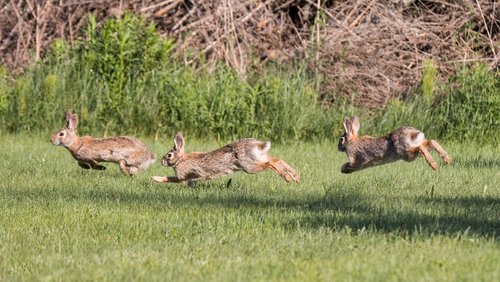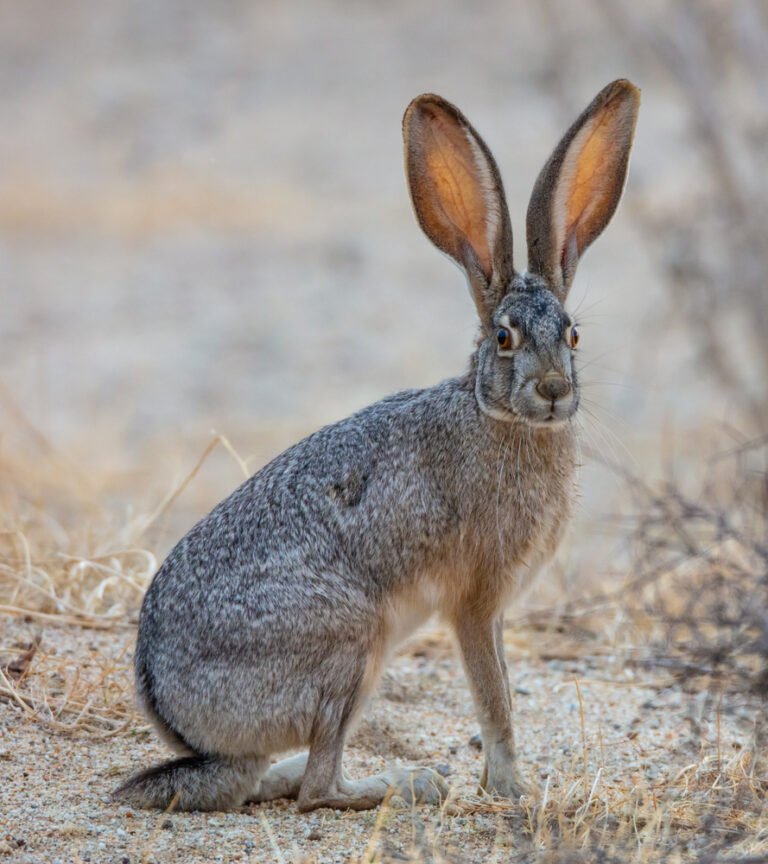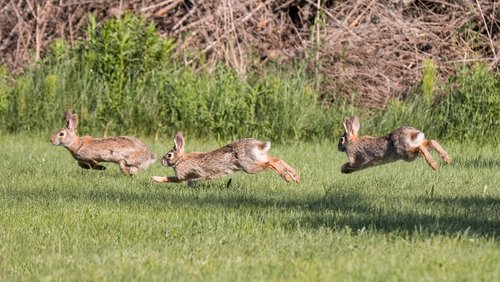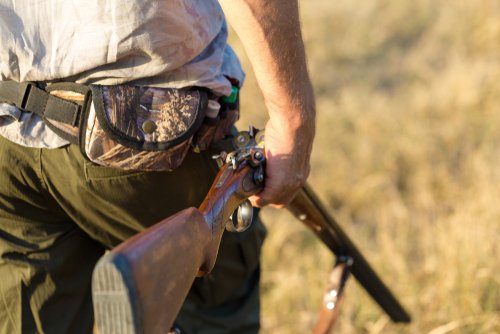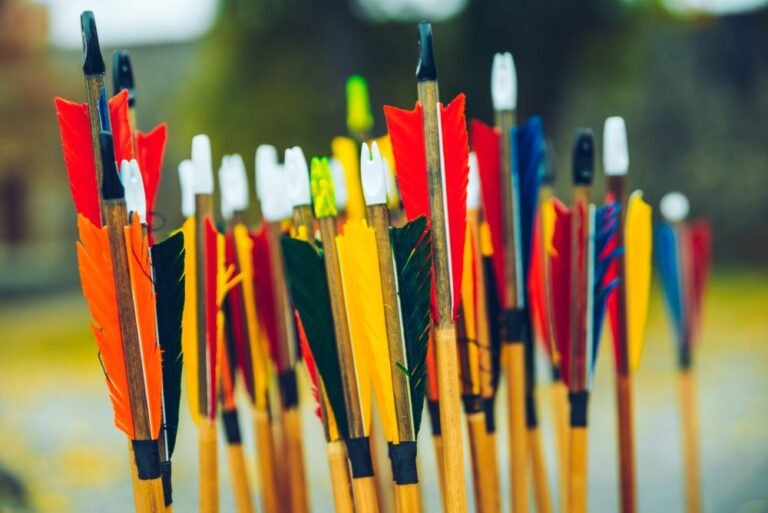Choosing the Best Rabbit Hunting Clothes – Just for Peter
Rabbit hunting, a beloved outdoor activity cherished by enthusiasts across the globe, has woven its way into the fabric of our culture. With roots dating back centuries, this pursuit combines the thrill of the chase and a connection to nature. The sheer joy of tracking a wily rabbit through sprawling meadows or dense woodlands is an experience that captivates hunters, young and old. But when is rabbit hunting season?
Rabbit Hunting as a Popular Outdoor Activity
Rabbit hunting has graced human history for ages, transcending generations and cultures. The appeal lies in its versatility; it can be pursued individually or as a group activity, fostering camaraderie among like-minded individuals.
Whether seen as an opportunity for experienced hunters to hone their skills or an accessible entry point for novices into the hunting world, rabbit hunting offers something for everyone. The allure extends beyond just the thrill of sport.
Rabbit meat is renowned for its delicate flavor and lean characteristics, making it prized by culinary enthusiasts who appreciate farm-to-table dining experiences. In addition to providing sustenance, rabbit hunting offers opportunities for individuals to reconnect with nature, immersing themselves in serene landscapes while sharpening their tracking abilities.
Rabbit Hunting Season Regulations and Guidelines
While rabbit hunting may evoke imagery of carefree pursuits through fields alive with bounding hares, hunters must recognize their role in maintaining ecological balance and sustaining healthy populations. This necessitates adhering to carefully crafted regulations established by wildlife management agencies. Understanding rabbit hunting season regulations ensures hunters operate within legal boundaries, respecting designated dates set forth by authorities responsible for wildlife management.
These regulations consider various factors, including population dynamics, conservation efforts, and the establishment of sustainable hunting practices. Furthermore, adherence to guidelines ensures the safety of both hunters and others who may be sharing the same outdoor spaces.
By understanding restrictions on bag limits, hunting methods, licensing requirements, and more, hunters can actively contribute to a harmonious coexistence between humans and wildlife. The next section will delve deeper into the specifics of rabbit hunting seasons and their various types.
Understanding Rabbit Hunting Seasons
Rabbit hunting is not only a cherished tradition but also an essential component of wildlife management. Hunting seasons are established to regulate the harvest of rabbits, ensuring their sustainable population and maintaining ecological balance. By establishing specific hunting seasons, authorities can control the number of rabbits harvested and prevent overhunting, potentially leading to a decline in their population.
General Season: Open to all hunters with specific dates and bag limits
The general rabbit hunting season is the most common type of season and is open to all hunters who possess the necessary licenses and permits. This season typically has defined start and end dates set by regulatory agencies based on factors like rabbit abundance, habitat conditions, and conservation objectives.
Additionally, bag limits are determined for each hunter during this season to prevent excessive harvests. These limits ensure that hunters do not deplete rabbit populations beyond their capacity for recovery.
Youth Season: Designed to encourage young hunters, usually held before or after the general season
To cultivate an appreciation for nature and foster responsible hunting practices among younger generations, many regions hold youth-specific rabbit hunting seasons. These special seasons are typically scheduled before or after the general season when adult participation might be at its peak. By providing young hunters with an opportunity to participate in a controlled setting specifically designed for them, these youth seasons aim to instill a love for outdoor activities while teaching ethics and conservation principles.
Archery Season: Limited to hunters using bows and arrows, promoting a different hunting experience
For those seeking a more challenging and traditional experience in rabbit hunting, archery seasons cater specifically to bow hunters. During these specialized seasons, participants must use bows and arrows as their primary method of taking down rabbits.
Archery offers unique advantages such as stealthy approaches, increased proximity to the game, and enhanced connection with the hunting heritage. By promoting archery seasons, wildlife management agencies encourage a diverse range of hunters and ensure that different hunting methods are incorporated into overall conservation efforts.
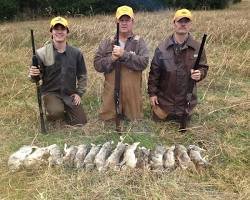
Licensing Requirements
Before embarking on a rabbit hunting expedition, one must familiarize oneself with the necessary licenses and permits. These regulatory measures not only ensure compliance with legal requirements but also contribute to the responsible management of wildlife populations.
Typically, obtaining a hunting license is the first step in the process, which may involve completing a hunter education course and passing an exam to demonstrate knowledge of safety and ethics. In addition to the general hunting license, some states may require additional permits specifically for rabbit hunting.
One key distinction that hunters must understand is the difference between resident and non-resident licenses. Resident licenses are generally available to individuals who have established permanent residency within a particular state or region and have met specific duration requirements.
Non-resident licenses, on the other hand, are designed for those who reside outside the jurisdiction but wish to hunt rabbits within its boundaries. Hunters must verify their eligibility based on their residence before applying for any licenses or permits.
Bag Limits
Bag limits play a vital role in regulating rabbit hunting by setting maximum quotas on the number of rabbits a hunter can legally harvest during a given day or season. These limits aim not only to protect rabbit populations from overexploitation but also to promote sustainable hunting practices that balance conservation efforts with recreational pursuits.
The bag limits vary depending on local population dynamics, conservation objectives, and habitats’ carrying capacities. Wildlife management agencies closely monitor rabbit populations through research and surveys to establish bag limits that align with sustainable harvest practices without jeopardizing long-term population viability.
Hunting Methods
Scent Hounds: Tracking Rabbits
Utilizing beagles or other scent hounds is one popular method employed during rabbit hunts due to their exceptional tracking abilities. These highly trained dogs use their keen sense of smell to detect and pursue rabbits, greatly enhancing the chances of a successful hunt. The beagles’ instinct to follow scent trails, combined with their agility and enthusiasm, make them well-suited for this pursuit.
Stalking Methods: Dense Vegetation or Open Fields
Another approach to rabbit hunting involves stalking techniques in different types of terrain. In dense vegetation areas, such as thickets and brushy habitats, hunters rely on stealth and patience, moving quietly through the undergrowth while scanning for signs of rabbit activity.
This method requires skillful navigation and quick reactions, as rabbits can swiftly dart in and out of cover. In contrast, hunting in open fields necessitates a strategic approach.
Hunters may scout for rabbits’ preferred feeding areas or study their movement patterns within these expansive landscapes. By positioning themselves inconspicuously using blinds or natural cover, hunters can patiently await an opportune moment to shoot at a passing rabbit.
Gear and Equipment:
Rabbit hunting requires certain essential items to ensure a successful and enjoyable experience. First and foremost, hunters need a reliable firearm suitable for rabbit hunting, such as a .22 caliber rifle or shotgun with appropriate ammunition. Additionally, proper clothing is crucial to blend into the natural environment and protect against the elements.
This includes camouflage attire, sturdy boots for traversing various terrains, and weather-proof outer layers. To facilitate the process of harvesting rabbits, specialized gear like game bags is essential to carry the harvested game while keeping it clean and protected from spoilage.
Additionally, field dressing kits consisting of knives, gut hooks, and other tools are indispensable for efficiently processing caught rabbits. Using decoys can attract rabbits by mimicking their presence or luring them closer.
Scouting Locations:
Before rabbit hunting season begins, it is paramount to invest time in scouting potential hunting locations. This involves researching areas known for high rabbit populations based on local knowledge or insights from fellow hunters. Understanding the preferred habitat of rabbits is crucial; they tend to favor areas with dense vegetation near open fields where they can find food while still having cover against predators.
Attention to signs such as tracks, droppings, chewed vegetation, or fur can help identify active rabbit areas. Scouting also allows hunters to identify potential hazards or obstacles that may impede their hunt or pose safety risks.
Conclusion:
Preparing for rabbit hunting season entails equipping oneself with the necessary gear and investing time in scouting suitable locations. Having essential items like firearms for rabbit hunting and proper clothing ensures comfort and efficiency during hunts. Specialized gear like game bags and field dressing kits streamline handling harvested rabbits effectively while maintaining their quality.
Furthermore, scouting locations beforehand allows hunters to familiarize themselves with promising areas where rabbits are likely to be found, increasing the chances of a successful hunt. By adequately preparing and putting in the necessary effort, hunters can embark on a thrilling adventure during rabbit hunting season, appreciating nature’s bounty while honing their skills in pursuing these elusive creatures.

